The Tassili n’Ajjer in Algeria is a prehistoric treasure that offers a window into human life and creativity thousands of years ago. This vast plateau, covering 72,000 square kilometers, is located in the Sahara Desert’s southeastern part. It’s recognized for its rich history, dating back to the Neolithic era, and is renowned for its ancient rock art, which is among the most important and evocative in the world.
The rock art of Tassili n’Ajjer is estimated to date from 6000 BC to the first centuries of the current era. These paintings and engravings provide invaluable insights into the lives, beliefs, and environments of the prehistoric peoples who once thrived in this now arid region. The art depicts a variety of scenes, from daily life activities such as hunting and gathering to more spiritual and ritualistic images suggesting the presence of a complex belief system.

One of the most fascinating aspects of the Tassili n’Ajjer rock art is its depiction of a much greener Sahara. The art shows animals that would require a more hospitable climate than the current desert, such as crocodiles, elephants, and even hippos, indicating that the area was once much more fertile and supported a rich ecosystem.
The rock art is divided into several periods, reflecting changes in the environment and human societies over thousands of years. The earliest art, from the “Round Head” period, features human figures with round heads, often shown in scenes of dancing or ritual activities. Following this, the “Pastoral” period art reflects a shift to depicting domesticated animals, suggesting changes in human lifestyles towards pastoralism. Later periods show the introduction of horses and camels, marking the arrival of new peoples and technologies into the region.
Tassili n’Ajjer’s significance extends beyond its historical and archaeological value. It’s a UNESCO World Heritage site, recognized not only for its cultural importance but also for its natural beauty. The area’s dramatic landscapes, with its sandstone formations, arches, and gorges, add another layer of allure to this ancient canvas.
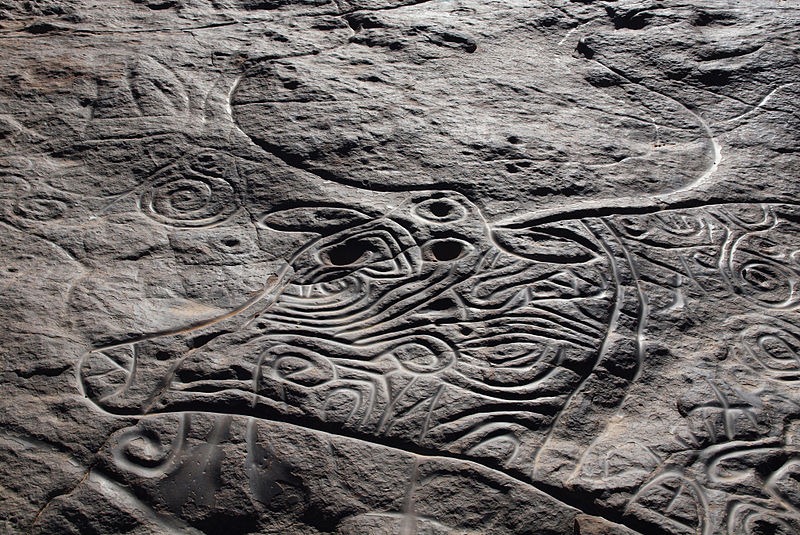
The preservation of Tassili n’Ajjer’s rock art is of paramount importance, not just for Algeria but for the world. These artworks are threatened by various factors, including erosion, vandalism, and the potential impacts of climate change. Efforts to protect and conserve this site are crucial to ensuring that future generations can continue to learn from and be inspired by these ancient masterpieces.
Exploring Tassili n’Ajjer provides a unique opportunity to connect with the deep past of humanity and to marvel at the early expressions of human creativity and adaptability. It stands as a testament to the richness of prehistoric cultures and the enduring power of art to communicate across millennia.
Petroglyph depicting a possibly sleeping antelope, located at Tassili n’Ajjer in southern Algeria.
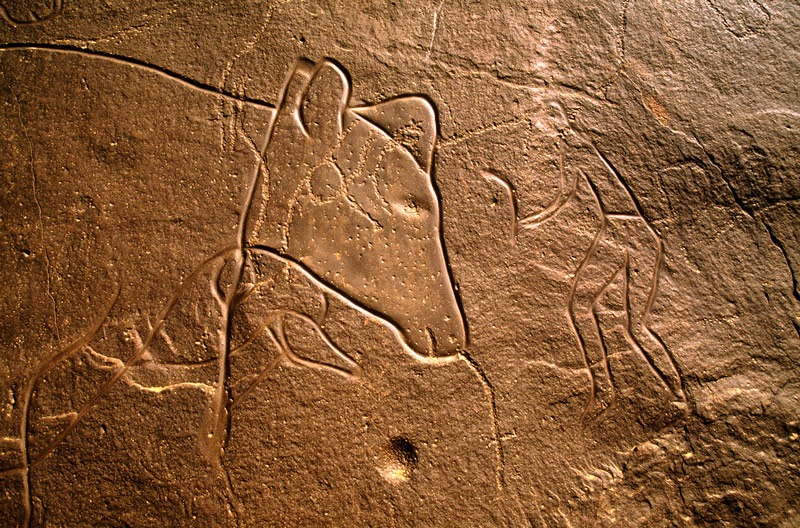
The oldest art belongs to the so-called “Large Wild Fauna Period” (10,000-6,000 BC) characterized almost entirely by engravings of animals such as hippopotamus, crocodiles, elephants, giraffes, buffaloes and rhinos, depicting the abundant wildlife at a time when the Sahara was green and fertile. Humans appear as tiny figures dwarfed by the immensity of these animals and are often shown holding boomerangs or throwing sticks, clubs, axes or bows.
Overlapping with this era is the Round Head Period (8,000-6,000 BC) where human figures with elaborate attires took dominance. These figures ranged from a few centimeters to several meters tall. The majority of Round Head paintings portray people with round featureless heads and formless bodies. Some of the pieces seem to suggest shamanism with bodies flying through space or bowing before huge male figures that tower above them.
About 7,000 years ago, domesticated animals began to appear in the art. This period is known as the Pastoral Period. Rock art from this period reflects a changing attitude towards nature and property. Human figures became more prominent, and man was no longer shown as part of nature but portrayed as being above nature, yet able to derive sustenance from it. Wild animals gave way to cattle and stock. Later drawings (3500 years ago) depicts horses and horse-drawn chariots. It’s unlikely that chariots were ever driven across the rocky Sahara, so researchers believe the figures of chariots and armed men are symbolic, representing ownership of land, or control of its inhabitants. As the climate became progressively drier, horses were replaced by camels as evident from the rock art from the most recent period about 2000 years ago.
Tassili N’Ajjer lies about 500 meters above the level of the desert. The plateau can only be reached by climbing on foot, with camping materials and supplies drawn by donkeys and camels. Large diurnal temperature variations and the absence of basic amenities make the trip extremely challenging, so only the young and the hardy attempt to reach it. Recent violence and insecurity in the country have further isolated Tassili N’Ajjer from the routes of most tourists.
Detail of a petroglyph depicting a bubalus anticus. Photo credit: Linus Wolf/Wikimedia

Photo credit: africanrockart.org
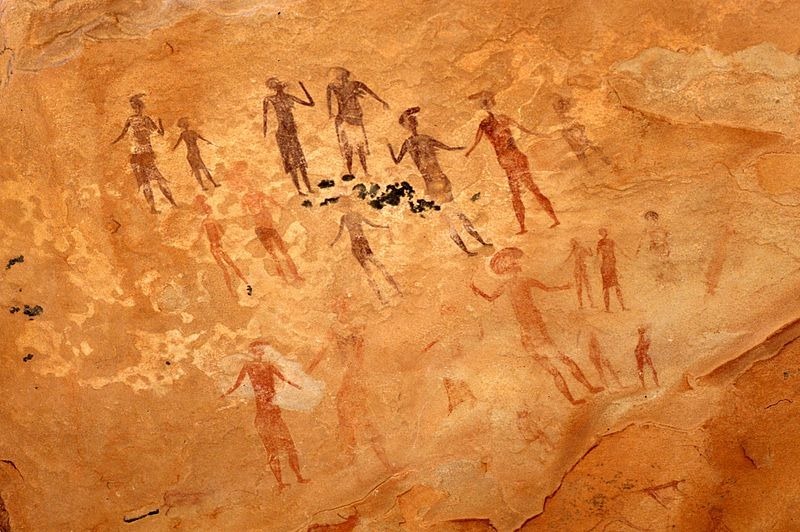
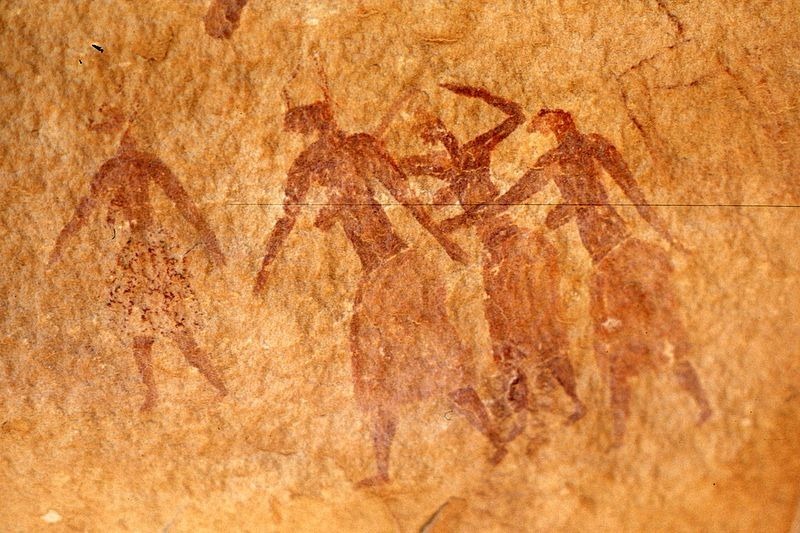
Photo credit: Patrick Gruban/Wikimedia

Photo credit: africanrockart.org

Photo credit: africanrockart.org

Photo credit: africanrockart.org

Photo credit: africanrockart.org
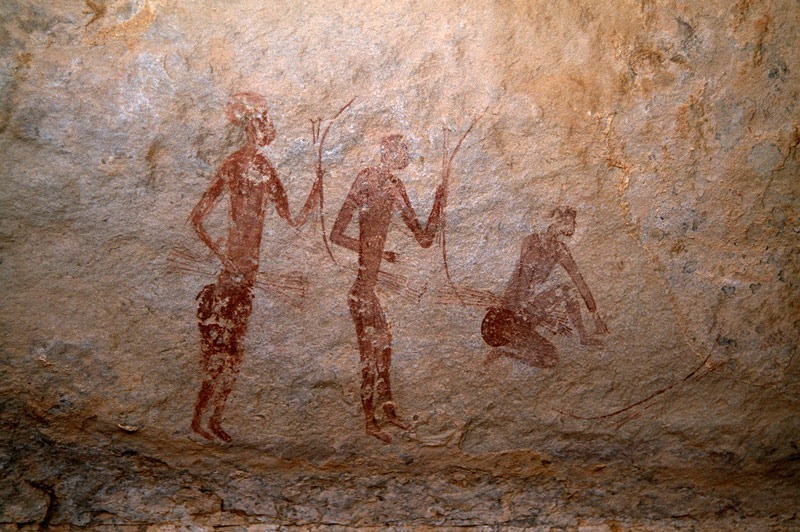
Photo credit: africanrockart.org
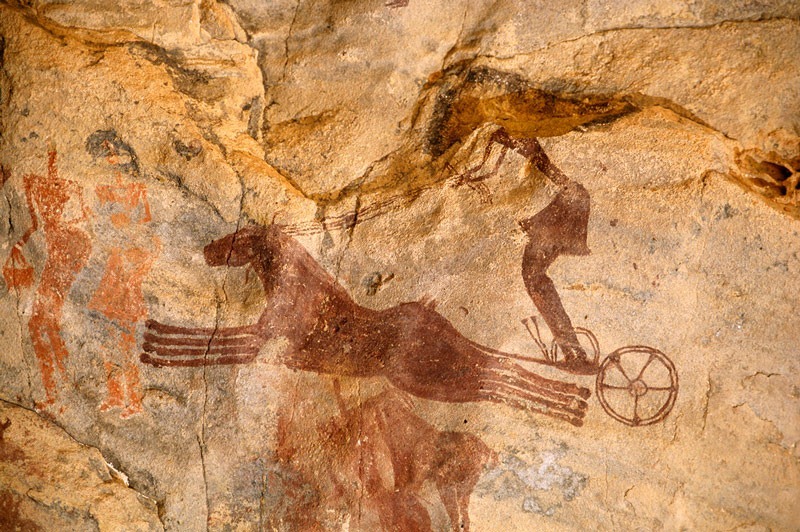
Photo credit: africanrockart.org

Photo credit: africanrockart.org

Photo credit: magharebia/Wikimedia

Photo credit: www.archmillennium.net
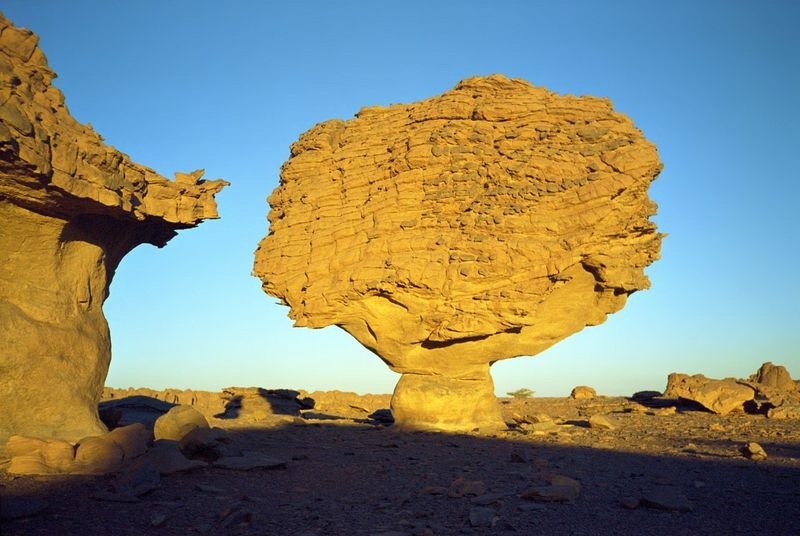
Photo credit: www.archmillennium.net

Photo credit: www.archmillennium.net

Photo credit: www.archmillennium.net

Photo credit: www.archmillennium.net

Photo credit: www.archmillennium.net
Sources: UNESCO / African World Heritage Sites / Algeria.com / africanrockart.org
Did you like this article? Do not hesitate to share it on social networks and subscribe to Discover the World on Google News to not miss any articles!